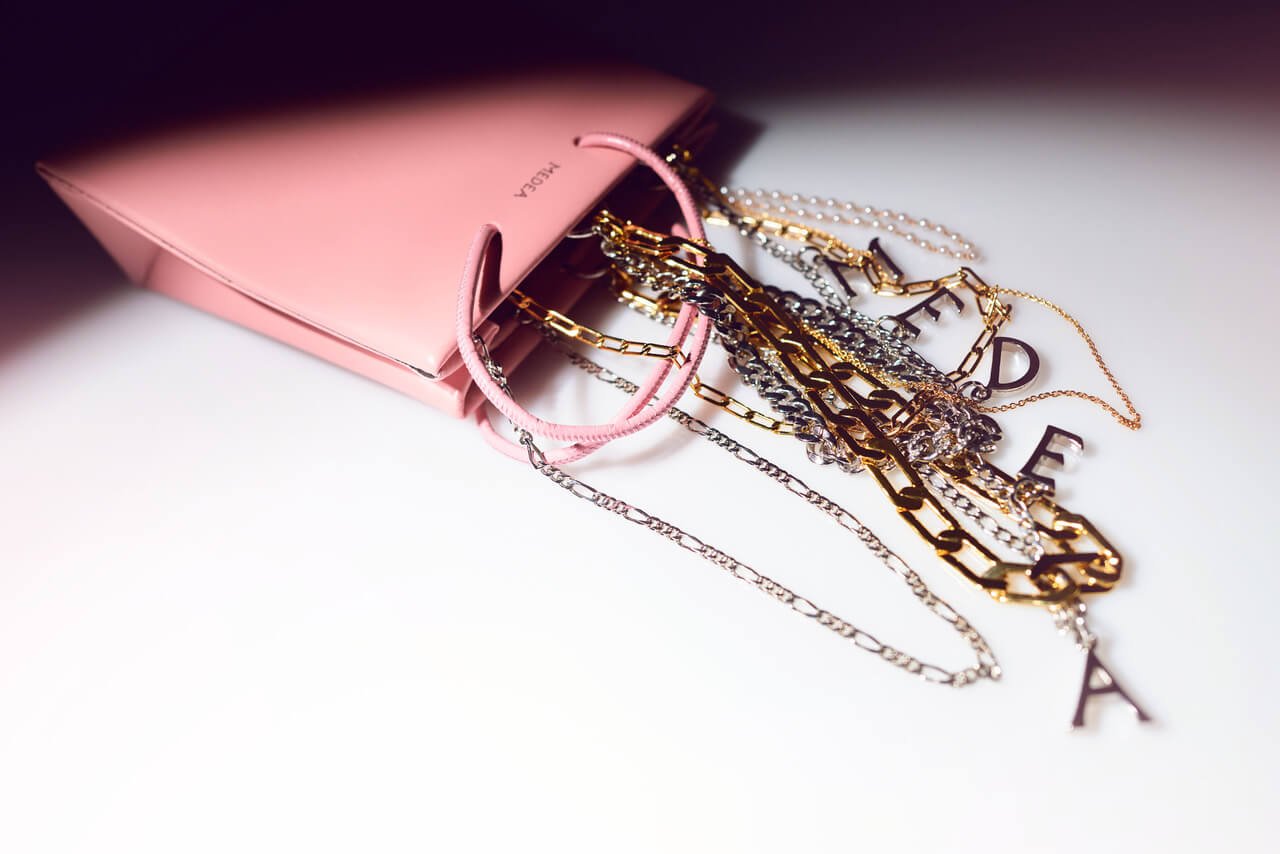PRODUCT OR IMAGE? DEFINING THE OPTIMUM LUXURY BRANDING STRATEGY.
Why do some luxury brands prioritise product quality while others focus more single-mindedly on brand image, and what does each approach mean for growth, equity, and longevity?
In the world of luxury branding, not all strategies are created equal. While some brands place product quality at the core of their identity, others lead with bold, image-driven storytelling. Here we explore these separate approaches, examining what each means for long-term brand equity, consumer perception and business growth.
Take Hermès, Loro Piana, Brunello Cucinelli, and Berluti – these names have become synonymous with craftsmanship, material excellence and quiet confidence. Their brand equity is deeply rooted in product authenticity, artisanal quality and timeless design.
In contrast, brands like Louis Vuitton, Gucci, Balenciaga, and Off-White have commanded massive attention through cultural relevance, fashion-forward imagery, and trend-led storytelling.
The distinction isn’t absolute – Hermès still invests in brand image, and Gucci certainly doesn’t ignore product quality – yet the emphasis clearly varies from one group to the other.
So why do some luxury brands lean more heavily into image, while others remain anchored in product?
Still life of a pink MEDEA bag with layered chains. Created by SUM as part of the visual identity work for FoS, the image captures the balance between product craft and brand expression.
Strategic Divergence: Craft vs Culture
Luxury brands that focus on product quality often take a long-term brand strategy approach. By investing in impeccable materials, slow fashion cycles and generational appeal, they build a reputation that transcends trend. This often results in customer loyalty, sustainable pricing power and brand heritage – essential ingredients for longevity. For example, the Birkin bag was first introduced in 1984, having been the product of a chance encounter between actress Jane Birkin and Hermès’ CEO at the time Jean-Louis Dumas on a flight from Paris to London. More than 40 years later the overall design is still going strong, with one selling for not far off $0.5mn.
On the other hand, image-led luxury brands harness the power of cultural capital to stay at the forefront of consumer conversation. Their visual identity is bold, recognisable and often provocative. This route offers rapid brand growth, broader audience reach and higher consumer uptake, but it can risk coming at the expense of long-term consistency and market relevance.
What the Data Suggests
Brands like Gucci and Off-White have achieved rapid scale, especially among younger, global audiences. Their luxury digital marketing strategies and influencer-led campaigns have kept them visible and profitable. However, their reliance on image can expose them to shifts in taste or reputational risks.
In contrast, companies like Hermès may grow more slowly, but their brand value tends to remain stable, even in turbulent markets. With bespoke branding and visual identity rooted in craft, they build trust over decades. Hermès was founded in 1837, and in 2024, the company was still experiencing substantial growth, reporting a 15% increase in consolidated revenue. Their business values bespoke branding and visual identity that is rooted in craft.
Finding the Right Balance
For luxury brands – and for the agencies that support them – the real opportunity lies in blending both approaches with the appropriate nuance to match each brand and its ambitions. Strong product integrity, paired with evocative brand storytelling, creates not only market success but also emotional resonance.
As a luxury brand agency, SUM helps clients align visual identity with brand strategy and digital marketing. Whether your brand leans towards quality or to image, we’ll be happy to talk.
Looking to take your brand further?
Explore our specialist services for luxury brands:

